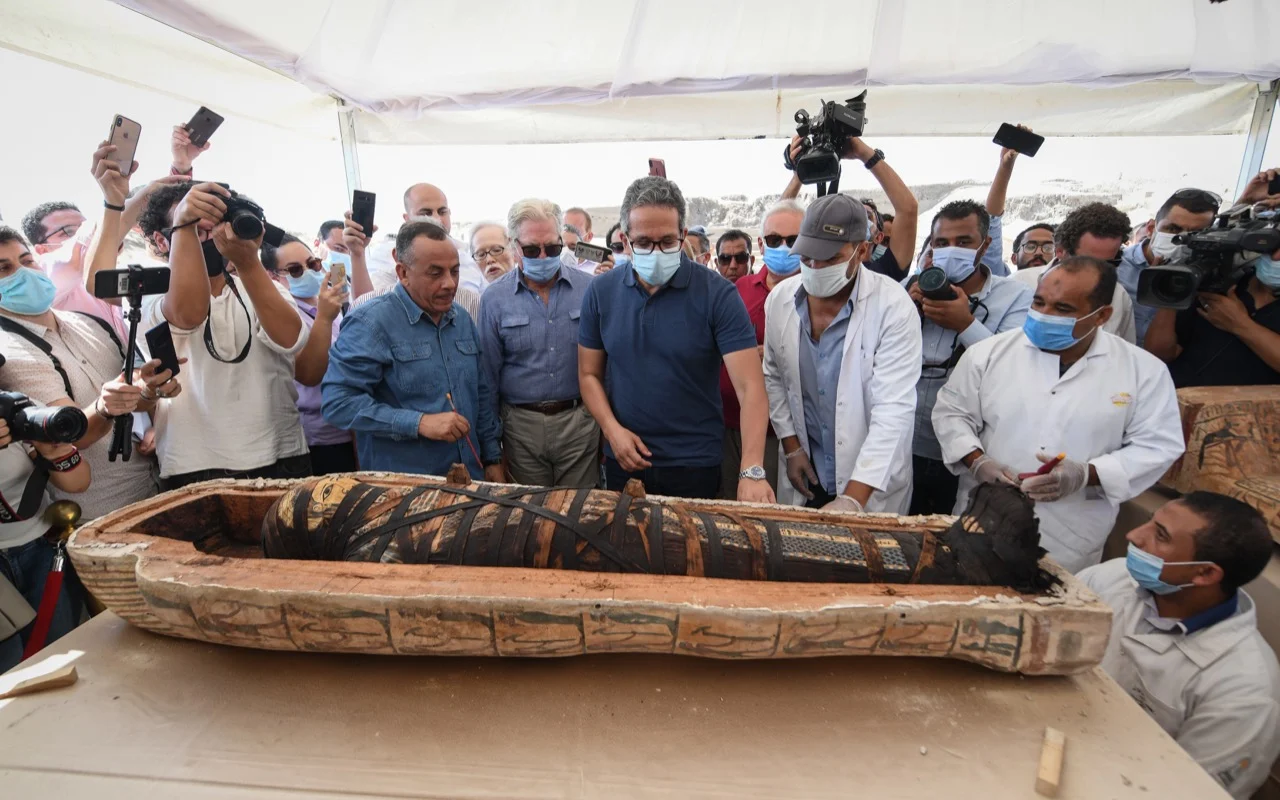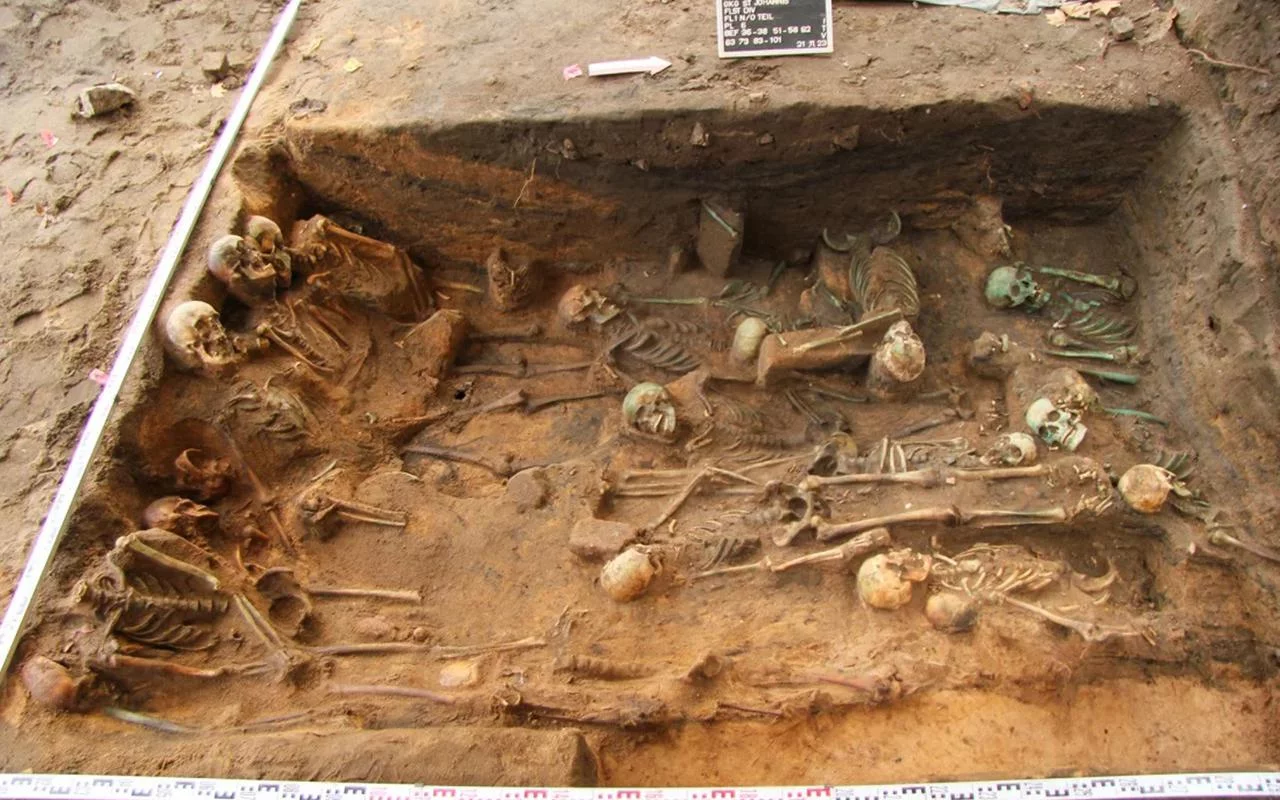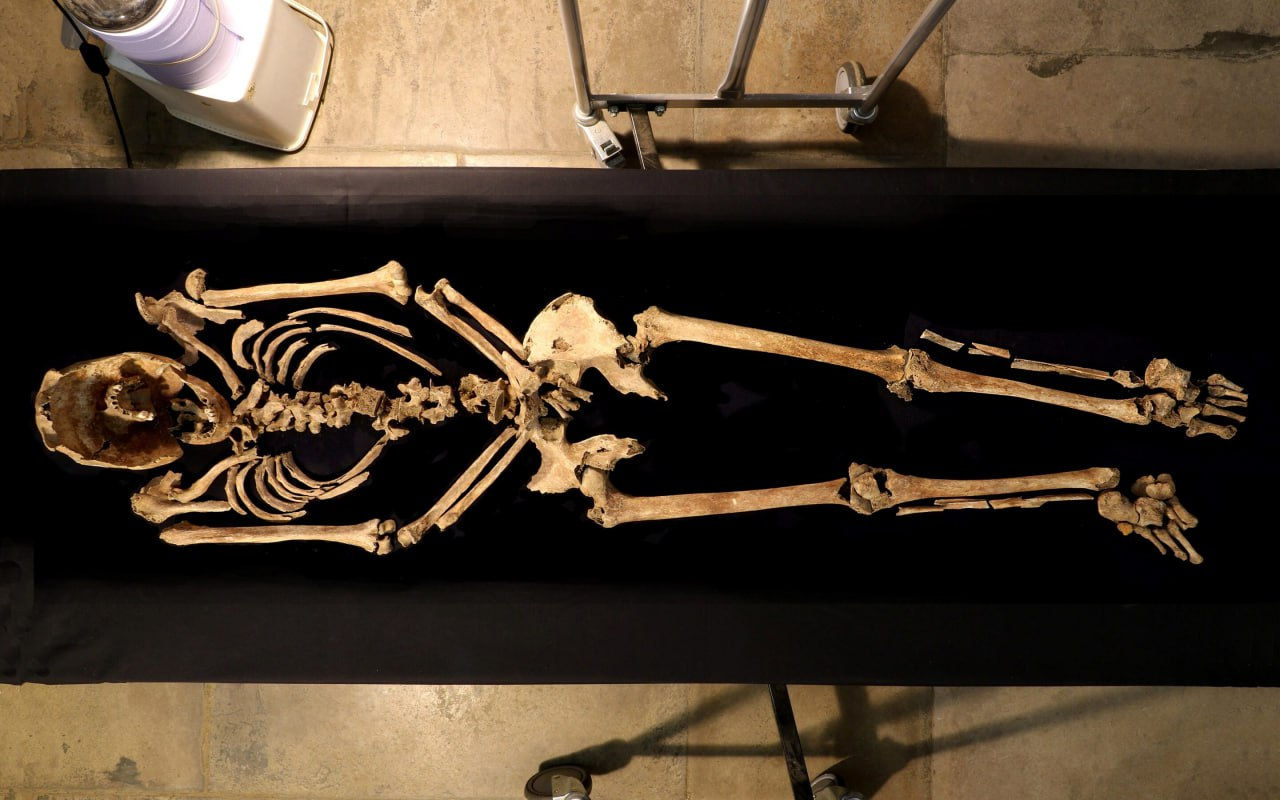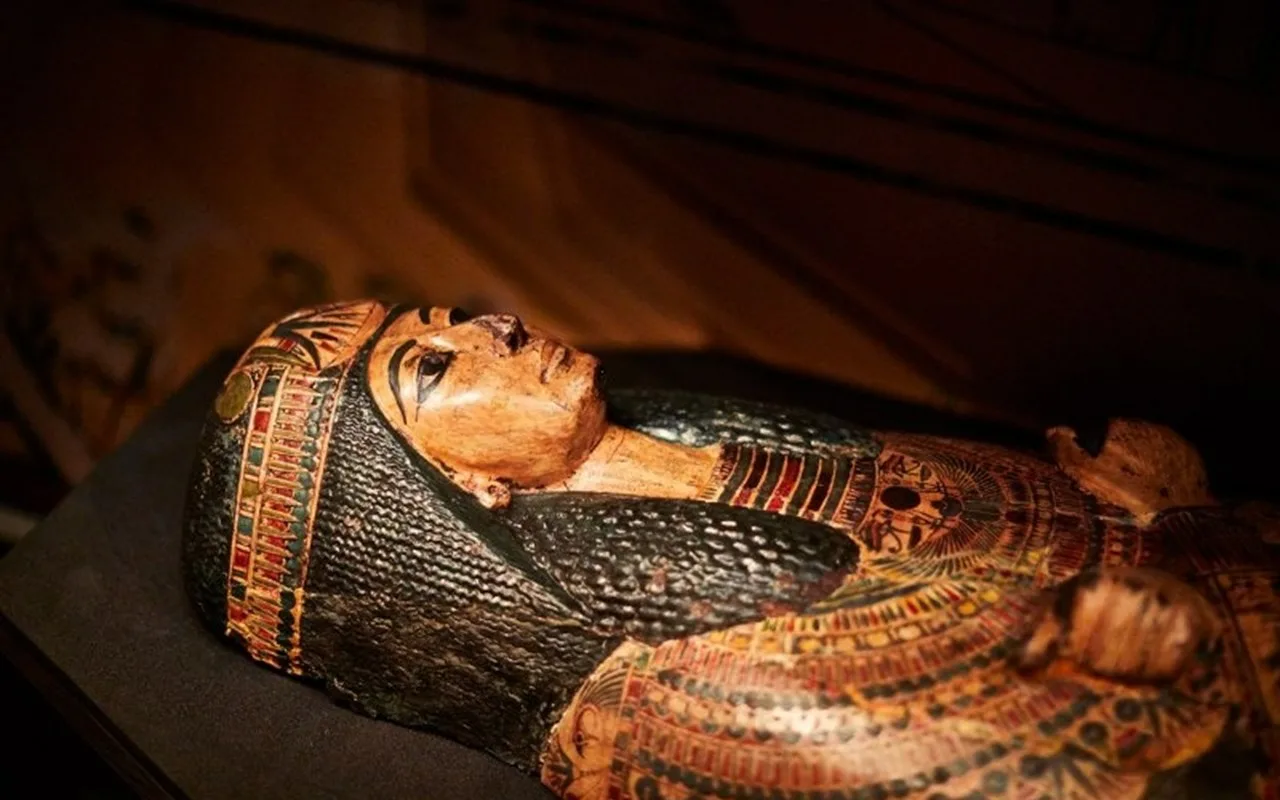Two 7,000-year-old mummies belonging to a group of previously unknown origin have been discovered in the Sahara.
Although the Sahara is now a vast expanse of sand where the struggle for survival can be brutal, there was a time (as difficult as it may seem) when it was green and flourishing.
The origins of the Sahara
Between 14,800 and 5,500 years ago, during the so-called African Humid Period, the desert, known as one of the driest places on Earth, had enough water to sustain life. At that time, it was a savannah where the first humans settled to take advantage of the favourable conditions for agriculture. Among them was a mysterious people living in what is now southwestern Libya, who should have been genetically related to the region south of the Sahara, but according to modern research, their genes did not reflect this.

Led by archaeogeneticist Nada Salem of the Max Planck Institute for Evolutionary Anthropology, a team of researchers analysed the genes of two naturally preserved 7,000-year-old mummies of Neolithic shepherdesses from the Takarkori rock shelter. Although genetic material is poorly preserved in arid climates (which is why much of the ancient population of the Sahara remains a mystery), they managed to find enough fragmented DNA to shed light on their past.
Takarkori village
‘Most of the Takarkori ancestors come from a previously unknown North African genetic lineage that split off from lineages south of the Sahara at about the same time as modern humans outside Africa and remained isolated for most of its existence,’ they said in a study recently published in the journal Nature.
The Takarori are actually close relatives of the gatherers from the Tafoaralt Cave in Morocco who lived 15,000 years ago. Both lineages have roughly the same genetic distance from groups that existed south of the Sahara during that period, suggesting that there was no significant gene exchange between sub-Saharan Africa and North Africa at that time. The Taforalts also have half as many Neanderthal genes as non-Africans, while the Takarkori have ten times fewer. Strangely, they still retain more Neanderthal DNA than other peoples living south of the Sahara at that time.

Although the Takarcoros apparently had less contact with Neanderthals than the Tafo people, their contacts must have been more extensive than those of other groups in their region. There are also signs of interbreeding with farmers from the Levant. Otherwise, the Takarkori’s genes indicate that they were quite isolated. They were genetically similar to gatherers from northwestern Africa, such as the Tafo people, but otherwise different from populations south of the Sahara.
This can only mean that there was no significant genetic exchange in Green Sahara during the African Humid Period. It was previously thought that agricultural practices spread across the region through migration. Seylem’s team has a different explanation.
‘Our results show that livestock farming spread through cultural diffusion in a deeply divergent and isolated North African lineage that was likely widespread throughout North Africa in the late Pleistocene,’ they stated in the same study.
Apparently, agriculture spread through the exchange of experiences between cultures, rather than through mixing as a result of migration. It is believed that the Takarkori inherited their genes from a group of hunter-gatherers that existed before the domestication of animals and the emergence of agriculture. Although they were hunter-gatherers, their ancestors excelled at making pottery, baskets, and tools from wood and bone. They also stayed in one place for longer periods of time.

The reason for the Takarkori’s isolation is probably related to the diversity of natural conditions in the Green Sahara. There were lakes, wetlands, forests, meadows, savannahs, and even mountains. These differences in habitat made interaction between human populations difficult.
Somewhere between the sands of the Sahara and time, there may be hidden mummies or artefacts that will tell us more about what life was like in the desert before it dried up.





